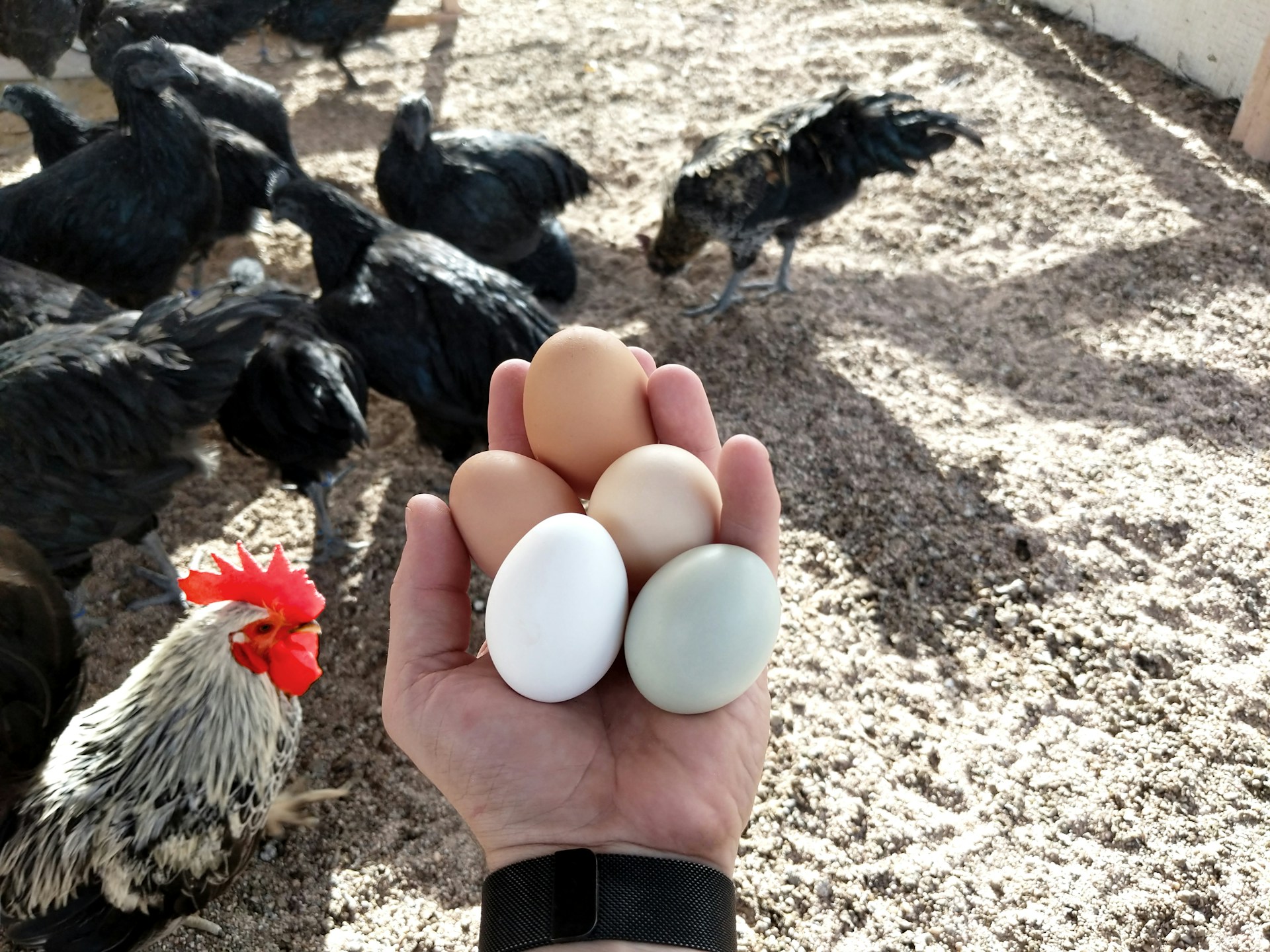If you're an avid backyard chicken keeper or just getting started with raising poultry, hatching eggs can be an exciting and rewarding experience. However, the process can sometimes hit a snag, and eggs may fail to hatch even after prolonged incubation. This is where the warm water trick comes into play – a simple yet effective technique that can help struggling chicks break free from their shells. In this comprehensive guide, we'll explore the warm water trick in detail, discussing its benefits, proper application, and essential precautions to ensure a successful hatch.
Understanding The Warm Water Trick
The warm water trick is based on the principle of humidity and temperature regulation during the hatching process. As the chick develops inside the egg, it relies on an internal air cell to breathe and obtain the necessary oxygen. However, sometimes the air cell becomes too small, or the membrane separating it from the chick becomes too thick, making it difficult for the chick to pip (break through the shell).
By immersing the eggs in warm water, the warm water trick aims to achieve two primary goals:
- Increase Humidity
- Promote Respiratory Efficiency
When to Use the Warm Water Trick
The warm water trick should be employed judiciously and only when necessary. It's essential to monitor the hatching process closely and look for specific signs that indicate the chick may be struggling. Here are some scenarios where the warm water trick may be appropriate:
- Delayed Hatch: If the chicks have not started hatching after the expected hatch day (typically 21 days for chicken eggs), it may be a sign that they are having difficulty pipping or zipping (breaking the membrane around the air cell).
- Audible Distress: If you can hear the chicks chirping or making distressed noises from within the eggs, it could mean they are struggling to break through the shell or membrane.
- Visible Movement but No Progress: If you can see the eggs rocking or moving, but no cracks or pips appear after an extended period, the chick may be having trouble initiating the hatching process.
Preparing for the Warm Water Trick
Before attempting the warm water trick, it's crucial to gather the necessary supplies and prepare the environment. Here's what you'll need:
- A clean container or bowl large enough to hold the eggs you want to treat (avoid using metal containers as they can conduct heat and potentially overheat the eggs).
- Warm water (around 100-105°F or 38-41°C).
- A reliable thermometer to monitor the water temperature.
- A clean, soft cloth or paper towels for drying the eggs after treatment.
- A well-ventilated space with adequate lighting to observe the eggs during and after the treatment.
Applying the Warm Water Trick
- Fill the container with warm water: Use a thermometer to ensure the water temperature is between 100-105°F (38-41°C). Avoid using water that is too hot, as it can damage or kill the developing chick.
- Gently place the eggs in the water: Carefully lower the eggs into the warm water, making sure they are fully submerged. Avoid agitating or jostling the eggs too much, as this can disrupt the hatching process.
- Set a timer: Leave the eggs in the warm water for 15-20 minutes. This time frame is generally considered safe and effective for promoting hatching.
- Monitor the water temperature: Periodically check the water temperature and adjust it as needed to maintain the desired range of 100-105°F (38-41°C).
- Remove the eggs from the water: After 15-20 minutes, gently lift the eggs out of the water using a clean, soft cloth or paper towels. Be careful not to roll or excessively move the eggs, as this can disorient the chicks inside.
- Dry and return to the incubator: Gently pat the eggs dry with a clean cloth or paper towels, being careful not to remove any shell fragments that may have appeared during the treatment. Place the eggs back in the incubator or brooder, and allow the hatching process to continue.
Post-Treatment Considerations

- Give the chicks time: It may take several hours or even a day for the chicks to fully benefit from the warm water treatment and successfully hatch.
- Observe for signs of life: Watch for any movements or sounds coming from the eggs, indicating that the chicks are actively trying to hatch.
- Provide assistance if necessary: If a chick appears to be struggling or making no progress after an extended period, you may need to carefully assist by carefully removing a small portion of the shell. However, this should only be done as a last resort and with extreme caution, as improper assistance can harm the chick.
- Maintain proper incubation conditions: Ensure that the incubator or brooder maintains the correct temperature, humidity, and ventilation levels to support the hatching process.
Precautions and Limitations
- Timing is crucial: Avoid using the warm water trick too early or too late in the hatching process, as it may disrupt the natural progression and potentially harm the developing chicks.
- Monitor water temperature closely: Exposing the eggs to water that is too hot or too cold can be detrimental and potentially fatal for the chicks.
- Limit treatment duration: Prolonged immersion in warm water can deprive the chicks of oxygen and potentially cause drowning.
- Consider individual egg situations: Some eggs may have underlying issues that cannot be resolved by the warm water trick, such as developmental abnormalities or contamination.
- Seek professional advice: If you are unsure or encounter persistent difficulties during the hatching process, it's recommended to consult with an experienced poultry expert or veterinarian for guidance.
Conclusion
The warm water trick can be a valuable tool for backyard chicken keepers and poultry enthusiasts when faced with struggling or delayed hatches. By providing a temporary increase in humidity and promoting respiratory efficiency, the warm water treatment can give chicks the extra boost they need to successfully break free from their shells. However, it's crucial to follow proper procedures, monitor the process closely, and exercise caution to ensure the safety and well-being of the developing chicks. With the right knowledge and care, the warm water trick can help you achieve a successful and rewarding hatching experience.
























